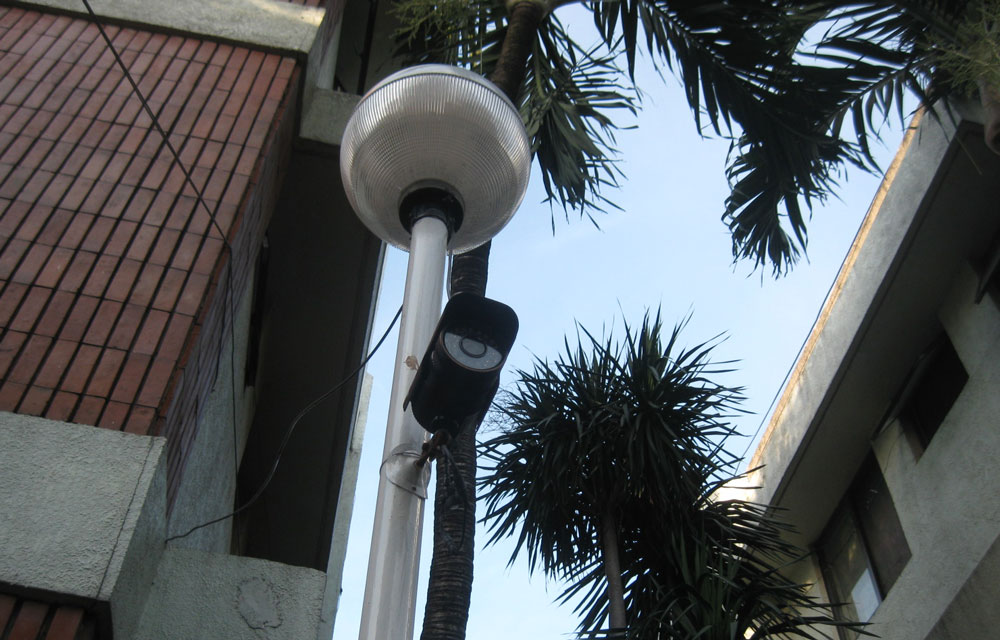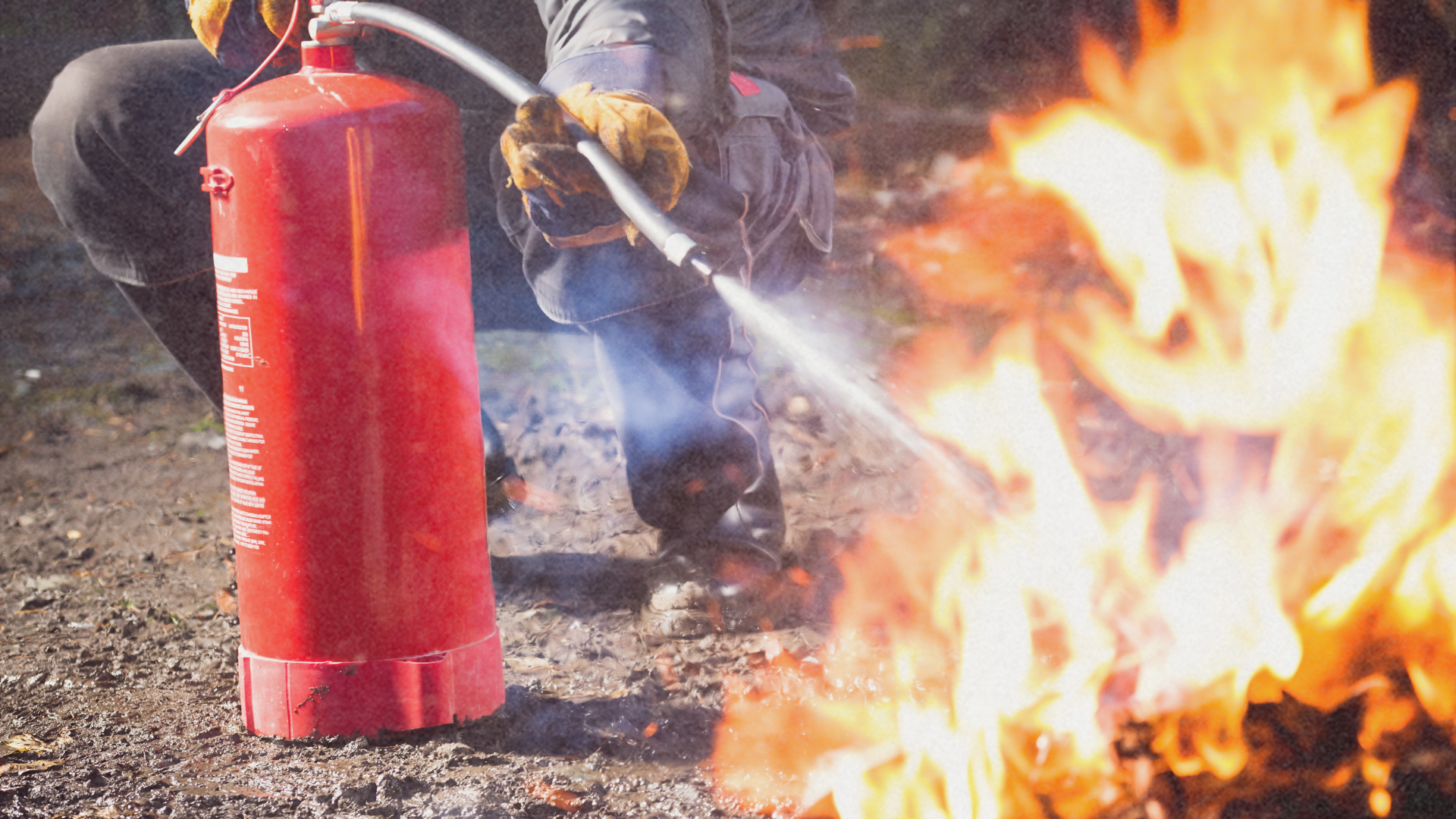Biometrics, CCTV, detection alarms. These have seen increased use recently to boost the chances of law enforcement agencies and security service providers in preventing crimes and tracking the perpetrators easily. But are they really useful?Touted as one that beats any password or key card available, biometric identification is said to be inherently more secure than passwords and most other commonly used identification methods.
The advantage of biometrics compared to simple passwords or cards is that the system would actually know who is using it. Theoretically, it is because biometrics deals with unique physical features of every individual.
Fingerprint readers are currently the most commonly used biometric devices.
These devices began moving into the mainstream when manufacturers started installing fingerprint readers in laptops for more security.
Today, the fingerprint scanner is in wide use to increase security in restricted areas and even as a means of ensuring the integrity of attendance-checking in companies like banks and even government, replacing the aged bundy clock.
It was learned in an interview with Jonathan Baldevarona, a security practitioner and consultant of PROACT Philippines that banks in the Philippines use biometrics for time- keeping of employees’ attendance.
“It is widely used as a means of monitoring employees’ attendance and most banks use fingerprint scanners,” Baldevarona noted.
Another security consultant, Ace Esmeralda, CPP, added that fingerprint scanners are used also in access control. Esmeralda, however, cited that while fingerprint scanning is cheap and generally accurate, it’s not as foolproof as some other biometric technologies.
As we see in movies, fingerprint readers have been fooled, for example, by latex fingers that were molded to replicate a genuine fingerprint. Some readers have also authenticated fingerprints that were lifted from surfaces with laser printer toner and then reproduced on a photocopier.
Another drawback is that some disabled people are unable to use the technology; specifically individuals with no hands or have difficulty moving their arms or hands.”
Scanning the eyes is the most reliable and foolproof biometric security option available. This technology even surpasses the accuracy of DNA testing, which is seen as intrusive, expensive and inconvenient to use for quick authentication.
When scanned for identification, the iris, according to this site, serves as a kind of “human barcode,” a unique pattern created by a tangled meshwork of connective tissue and other visible features. In the entire human population, no two irises are alike in their mathematical detail, even between identical twins and triplets.
Iris recognition, though said to be foolproof, has its biggest disadvantage and that is its high price—upward of a thousand dollars for an entry-level system.
And as with the case of fingerprint readers, potential adopters must provide a way for disabled users—people with no irises to scan—to gain access to protected systems.
Another biometrics technology that is also fast gaining popularity and wide use is facial recognition due to its inherent non-intrusive nature.
The technology is both passive and easy-to-use. People can be scanned without their knowledge. In the United States, many casinos and even some police departments use a combination of security cameras and facial-recognition software to match people’s faces against a database of rogues.
Facial recognition works by isolating the human face and measuring an array of facial characteristics, such as the geometry of a person’s eyes, mouth and nose. With the help of a proprietary algorithm, the image is compared to potential database matches.
However, there are limitations to using facial recognition as an access technology.
While a basic system can be created for only a few hundred dollars, commercial-grade versions are much more expensive and may be dependent on given conditions, such as difficulty to use in low-light situations and sometimes may require a significant amount of computing power.
According to Baldevarona, detection and alarm systems are also widely used in banks in the country. Security is not merely focused on criminals’ threats but includes being alert against fire and other threats.
Each bank, he disclosed, has a tech group that is tasked with planning and determining the security needs of the area where the said system would be used and the purpose of the usage of such equipment.
The need to determine these, Esmeralda noted, is a must as the purchase of this alarm and detection system is a huge investment that the company will make. And unlike in other investments, this is expected and not just hoped to harvest returns in terms of safety and security as well as savings.
 An increase in CCTV usage and upgrading has also been seen in the past years not only in the banking industry, he said. Almost all industries nowadays are into CCTV use. He also observed the increased use among residential segment of several communities.
An increase in CCTV usage and upgrading has also been seen in the past years not only in the banking industry, he said. Almost all industries nowadays are into CCTV use. He also observed the increased use among residential segment of several communities.
“We have been receiving a significantly large number of inquiries from banks on upgrades of CCTV systems. However, it is important to educate the end- users on the cameras and the purpose of each,” Baldevarona cited.
He pointed out that not many clients know the difference among different camera types used for CCTV requirements.
Clients, Baldevarona said, are the ones who present their needs and system requirement that is sometimes designed by their own team or sometimes their consultants depending on the structure of the firm involved.
Iris recognition, though costly, surpasses the accuracy of DNA testing which is seen as intrusive, expensive and inconvenient to use for authentication.
“They will tell us what they need and we can design the system based on their requirements. Though most of the time they already know,” he noted.
Some banks, he said, have security managers who are left to do the entire job, while others have one manager and a consultant.
Esmeralda raised a concern on the need for security managers not only to catch up with development in technology but also to understand the dynamics of converging physical and logical security system.
For his part, Spartacus Security Agency president Alexander Arañez noted that the increase in CCTV use, though helpful, is still dependent on the system and the limitations that the end-users have placed on the system.
For one, banks have stand-alone CCTV systems that are only viewable when one is in the actual branch where these are installed.
The disadvantage here is that when the recorder breaks down, so would the tape or the recording.
The importance of security is in the preventive and proactive mindset. Everyone must be vigilant even if high-tech gadgetry is available.
The disadvantages of a stand-alone system, Aranez pointed out, showed very clearly in the RCBC case wherein members of the bank staff and a client were killed without anyone from the outside except for the perpetrators knowing it.
“The system that we use is connected to the Internet. Though we give our client the option as to who are authorized to view. This allows total monitoring of areas being secured. Thus, if the authorized personalities go home or maybe in their office, it allows them to view and monitor what is happening in their branches,” he explained.
But the use of CCTV cameras has now expanded all the way to include local government units determined to monitor the security and traffic needs of their respective territories.
As usual, Makati City, the country’s financial hub, was the first to install CCTV cameras in critical intersections and areas. The cameras are operated from a control center located at the top floor of the new city police headquarters.
Other cities such as Taguig and Mandaluyong have also followed suit to ensure the security of their areas.
Security managers of banks and companies, Baldevarona said, sometimes have other assignments aside from their current jobs but this, he said, is dependent on their job descriptions.
“Sometimes they are confined to security monitoring alone while in other cases they have other responsibilities that they need to do aside from the security aspect,” he noted.
The importance of security, Esmeralda said, is in the preventive and proactive mind-set. He asserts that it is high time to include security systems at design stage of any real estate. Baldevarona added that it is evident in the fact that the design of each new branch must include infrastructure security.
Security should always be a primary concern and top priority before a new branch starts construction.
Though high-tech security equipment, Esmeralda said, help reduce expenditures from employing guards, the deployment of security guards is still dependent on the security plans of the security manager and the consultant, if there is one.
With the crimes being reported in media getting more brazen, one wonders if there is any antidote to curb criminal activity or if the installation of security gadgets and equipment will deter the commission of crimes.
With the election fever starting to make its presence felt and with the expected spike in crime incidence during the holiday season, everyone must maintain a higher state of vigilance, even if high-tech gadgetry makes it much easier to ensure security. •






